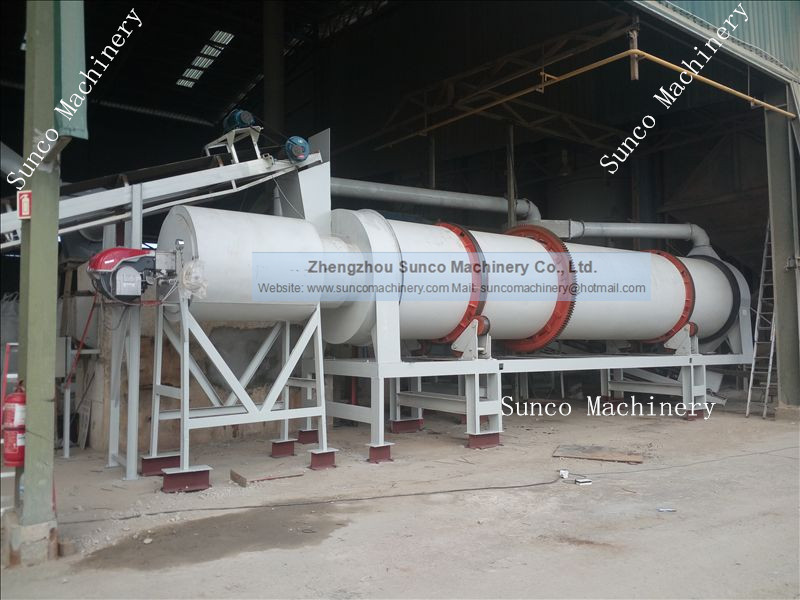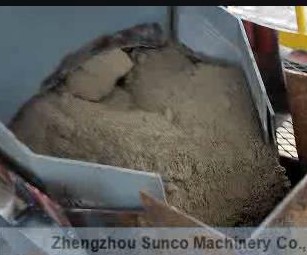Water quenched slag is formed by rapidly cooling molten blast furnace slag in water, so it is also called blast furnace water slag. After water quenching, blast furnace slag becomes brittle and porous. This type of blast furnace slag has high potential activity, especially when ground to a certain fineness by grinding equipment, the use of slag micropowder is more widespread. It has significant advantages in making slag micropowder instead of cement, and is widely used in the market.
The use of granulated blast furnace slag powder can effectively improve the compressive strength of concrete and reduce the cost of concrete. At the same time, it has significant effects on inhibiting alkali aggregate reaction, reducing hydration heat, reducing early temperature cracks in concrete structures, improving concrete compactness, impermeability, and corrosion resistance.
The amount of slag discharged varies depending on the iron ore. In fact, the emission of blast furnace slag varies with the grade of the ore. If we use lean iron ore to make iron, each ton of pig iron will produce 1.0-1.2T blast furnace slag; If rich iron ore is used for ironmaking, only 0.25T of high slag will be produced per ton of pig iron, which is relatively lower in slag emissions.
Sunco Machinery can customize and design the whole unit of slag processing line which includes crusher,
slag rotary dryer machine, grinding machine, etc.
The workflow of slag drying machine is as follows:
>>> Crusher to crush the raw slag into smaller size;
>>> Rotary slag dryer machine is to use high temperature air to heat and dry the wet slag, and get rid of the water, and reduce its moisture content to be less 3% or as need.
>>> Grinding Machine to grind the dry slag into powder.
After being dried by the
raw slag drying machine, the slag powder is widely used for portland cement production.






